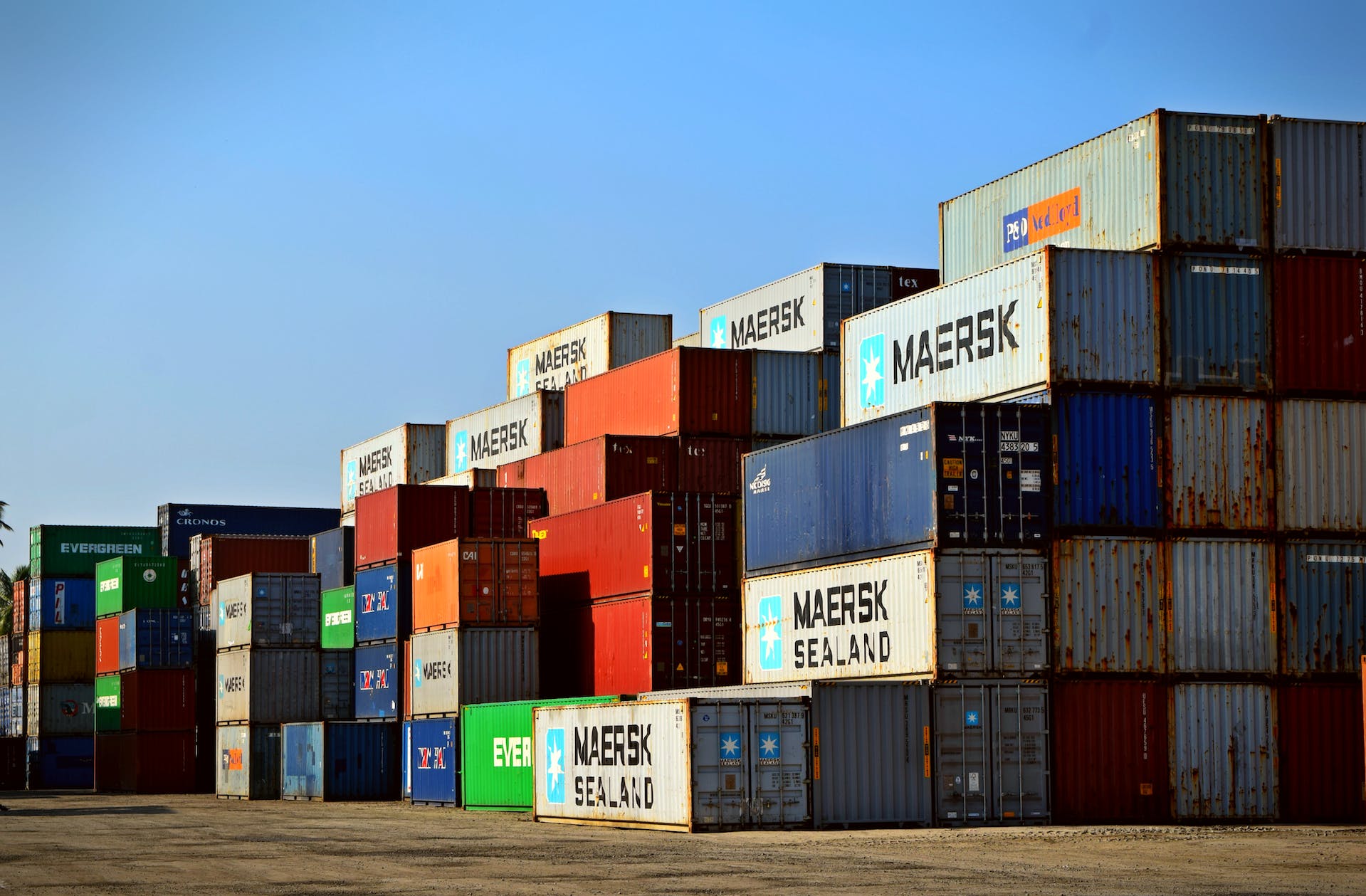
Estonia’s main imported goods
Estonia, as a small but economically active country in the Baltic region, imports a variety of goods essential to support its industries, infrastructure, and the daily needs of its population. Estonia’s open economy is heavily integrated with the global market, and its strategic location on the northeastern edge of the European Union also contributes to its role as a trading hub in Northern Europe. Below is an in-depth look at Estonia’s main imported goods, illustrating how these imports support its economy and contribute to its development.
1. Machinery and Equipment
Estonia’s largest import category is machinery and equipment, which includes items such as computers, industrial machinery, electrical machinery, and electronics. These imports are crucial for Estonia’s economy, especially since the country has a growing technology sector that requires high-tech equipment for production and innovation. Electrical machinery, for instance, plays an essential role in Estonia’s ICT (information and communications technology) sector, which has been a significant driver of the country’s economic growth. Imported machinery is also necessary for various industries, such as manufacturing, logistics, and transportation, all of which need sophisticated equipment to remain competitive.
2. Mineral Fuels and Oil
Mineral fuels, including refined petroleum, natural gas, and oil, are among Estonia’s top imports. Given its cold climate and energy-intensive industries, Estonia has a substantial demand for energy resources. However, the country lacks natural reserves, meaning it relies on imported fossil fuels to meet its energy needs. Imported mineral fuels are essential for heating, electricity generation, and powering vehicles, making them a fundamental part of Estonia’s import portfolio. Despite efforts to increase renewable energy usage, Estonia still depends significantly on imported fuels, primarily from Russia and other nearby suppliers, although the country has been diversifying its sources in recent years to reduce reliance on any single provider.
3. Vehicles and Transport Equipment
Estonia also imports a large number of vehicles and transport equipment, including passenger cars, trucks, buses, and industrial vehicles. This category of imports is crucial to both private transportation and the logistics sector, which has grown as Estonia becomes more integrated into European trade routes. Estonia’s importation of transport equipment supports its logistics industry and facilitates movement within the country, linking cities and towns and connecting Estonia with neighboring countries. Additionally, with Estonia’s increasing focus on modernizing public transportation, it has also been importing electric buses and other sustainable transport solutions to reduce carbon emissions in urban areas.
4. Pharmaceutical Products
Pharmaceutical products rank high among Estonia’s imports due to the country’s commitment to providing high-quality healthcare. Estonia relies on imported medicines, medical equipment, and other healthcare products to support its healthcare sector. The population’s aging demographic has also increased the demand for healthcare products, from daily medicines to specialized drugs for chronic conditions. Estonia imports pharmaceutical products from European Union countries and other global producers, ensuring access to essential medicines and high-tech medical equipment for its hospitals, clinics, and pharmacies.
5. Food and Agricultural Products
Estonia imports a wide range of food products, including fruits, vegetables, coffee, meat, and dairy. Given Estonia’s northern climate and relatively short growing season, it cannot produce a large variety of agricultural products year-round, making it necessary to import food to meet demand. The country’s food imports include exotic fruits, vegetables, grains, and processed foods not grown or produced domestically. Additionally, Estonia imports agricultural products such as livestock feed and raw materials that are then used in domestic food production and animal husbandry. The food sector in Estonia is highly dependent on imports, especially during the winter months, when domestic production is limited.
6. Chemical Products
Another critical import category for Estonia is chemical products, which include fertilizers, plastics, and various organic and inorganic chemicals. These chemicals are essential for Estonia’s agricultural sector, as fertilizers and pesticides are required to maintain productivity and ensure food security. In the industrial sector, chemicals are used in manufacturing, construction, and pharmaceuticals. Estonia imports most of its chemical products from other European Union countries, benefiting from the shared standards and regulations within the EU that make trade more efficient and reliable.
7. Textiles and Clothing
While Estonia has some domestic textile production, a significant portion of its clothing and textiles is imported. . The country imports various types of clothing, fabric, and footwear from other EU countries and Asia. Imported textiles and clothing cater to Estonia’s fashion industry, retailers, and the general population. Additionally, as Estonia’s tourism industry has grown, there has been an increase in demand for textiles and apparel, as well as home furnishings that rely on imported fabrics.
8. Metals and Metal Products
Metals, including iron, steel, aluminum, and copper, are among Estonia’s vital imports, supporting its construction, manufacturing, and technology industries. Metal imports are essential for building infrastructure, including roads, bridges, and commercial buildings. They are also used in the manufacturing of machinery and vehicles, supporting the country’s industrial base. Additionally, with the rise of Estonia’s technology sector, metals are increasingly needed for electronics production and other high-tech applications. Estonia imports metals from EU countries and other global suppliers, leveraging its location and EU membership to secure these materials at competitive prices.
Conclusion
Estonia’s import portfolio highlights the country’s reliance on global trade to meet its economic and social needs. From high-tech machinery and vehicles to essential energy supplies and pharmaceuticals, these imports are indispensable for maintaining Estonia’s industries, infrastructure, and quality of life. The diversity of Estonia’s imported goods reflects its economic openness and integration within the EU and global economy, allowing the country to benefit from trade while facing the challenges of being a small nation with limited natural resources.




Leave a Reply